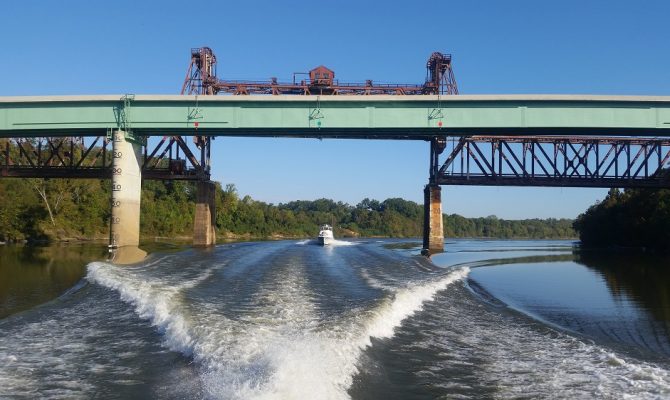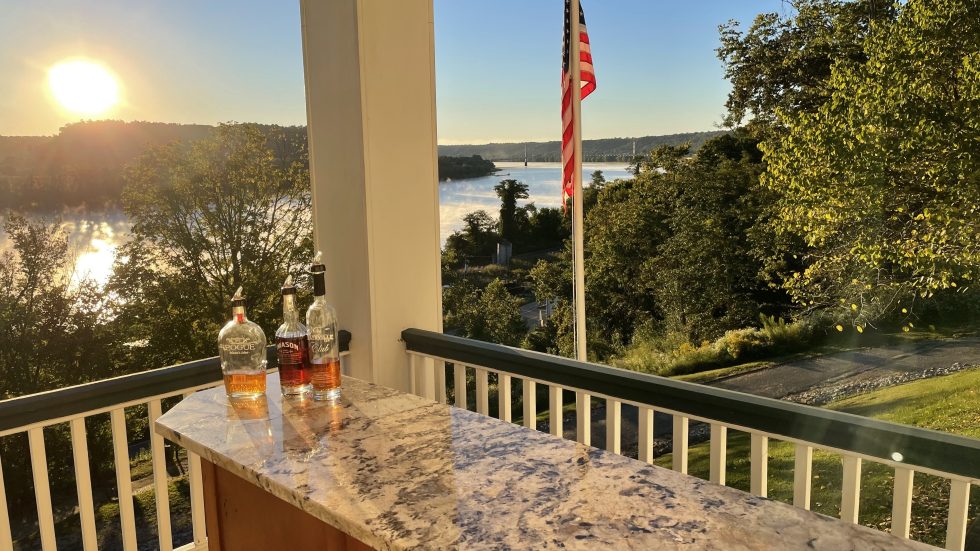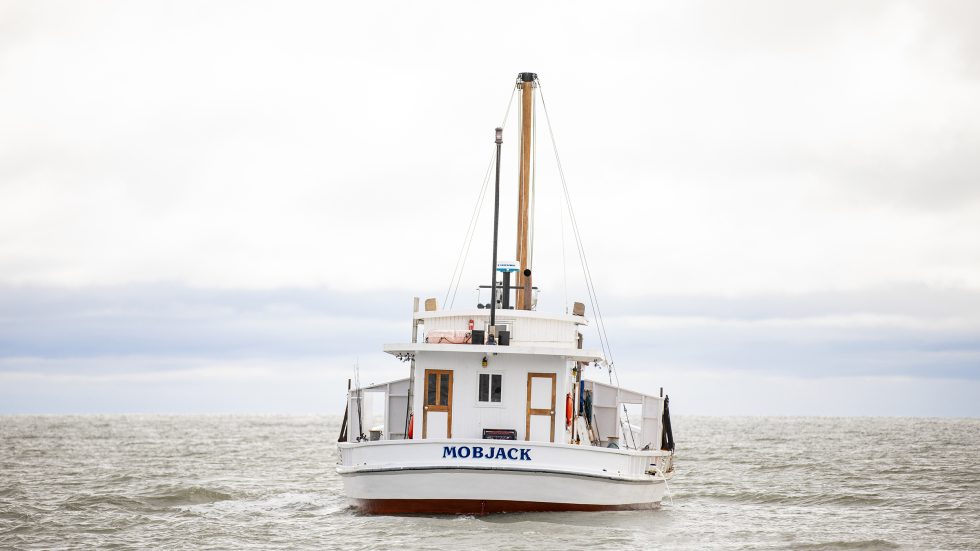Now, if you enjoy going fast and are concerned about your wake, find a classic speedster like a Hacker, Riva or Chris-Craft. These beauties throw a gentler wake at equivalent speeds than modern vessels of the same breed. However, a wake they still throw, as you’ll hear when I relate the sad ending of my tale.
Passing Fancy
For various reasons (time, patience, marital harmony) we all can’t charge around in antique runabouts. Therefore, we must look at other ways to manage the wakes of our otherwise mundane vessels.
In narrow waterways, a damaging wake is often caused by one responsible boater trying to pass another. For example, the privileged vessel is serenely cruising, legally maintaining speed and course, and the burdened (passing) vessel inches by. Here’s where the problem arises: Yes, the vessel being passed is within its rights to maintain speed — and the purist will say it’s required to do so. But the passing boat is often forced to throw a wake that can be dangerous to shore-side structures or other vessels.
My practice has been to determine that it’s safe to slow down — ensuring the passing vessel isn’t directly behind, for instance — communicate with the other vessel and reduce speed so it can get by safely. Is this contradictory to the letter of the law? Yes. But I believe this has to be weighed against being party to a potentially damaging wake.
Trim Control
It’s also obvious that the wake of a vessel on full plane, especially a deep-V hull design, is of a lesser magnitude than that of a semi-displacement hull at cruising speed. On the other hand, the excuse that you were speeding to reduce your wake might not hold water (so to speak) with that curious water patrol officer.
What will work at nearly all speeds is proper trim control and weight distribution. The wake of a well-trimmed outboard or tabbed inboard will be less (and tend to dissipate sooner) than the vessel that’s pushing unnecessary water.
With smaller vessels, bowriders and mid-cabins for instance, the skipper will feel the boat’s response to an equal weight distribution, which will also help alleviate the wake.
Careful Balance
While rogue wakes can be damaging, they’re rarely deadly. What can be dangerous is dealing with the wakes of other vessels when we’re also on plane. The skipper needs to keep in mind that a planed-out vessel is a carefully balanced machine and any factor, especially when there are guests aboard, can upset that balance.
Most of us are aware of the technique of “cutting” or crossing an oncoming wake at an angle to diminish its effect; less are aware that the “cut” — whether at 90-degrees or a lesser angle — is best performed off plane.
The vessel that remains on plane and careens around to cut the wake of a passing boat is flirting with disaster. The boat’s heel as it swings into the turn compromises its balance, and cutting the wake at any angle less than a right angle can further increase its instability. Throw in other factors (sudden passenger weight redistribution, a larger wake than expected, a gust of wind) and the boat can slalom out of control or capsize.
I mention this because of an incident at Lake of the Ozarks a couple of summers ago (I bet you’ve seen the video). A bowrider, after being passed by another vessel, swung around to cut the wake while still at full bore. He came down hard and at an angle, broached, dumped his passengers and swamped the boat. The passengers were recovered by other boats and there were no major injuries. But, we’re talking common sense: rough water, wakes and waves means it’s time for displacement mode. Drop off plane and reduce your speed.
It also takes common sense, which I had in short supply as a teenager, to realize that speeding in a narrow river can have consequences — as expressed in the person of the local Justice of the Peace, who wanted to know what I had against his classic Chris-Craft, which my wake had slammed into the dock.
I spent a good part of that season replacing and re-varnishing its caprails, thinking a lot about wake management 101.
[author] [author_info]Stu Reininger is a regular contributor to HeartLand Boating magazine[/author_info] [/author]




